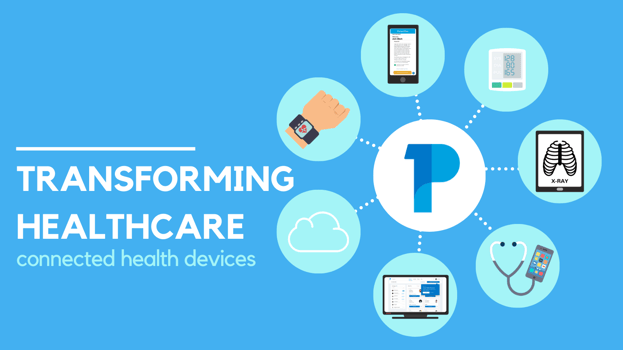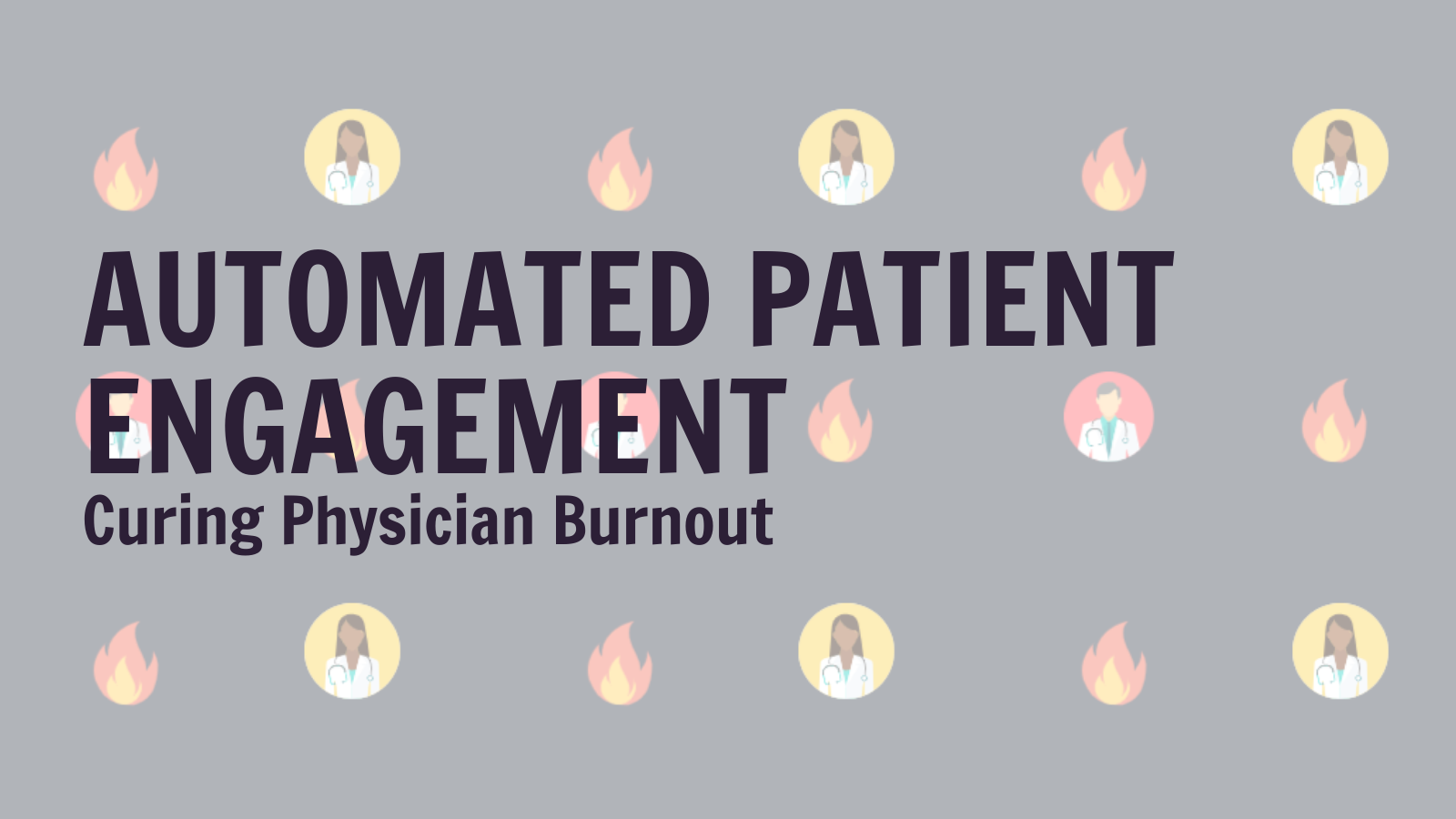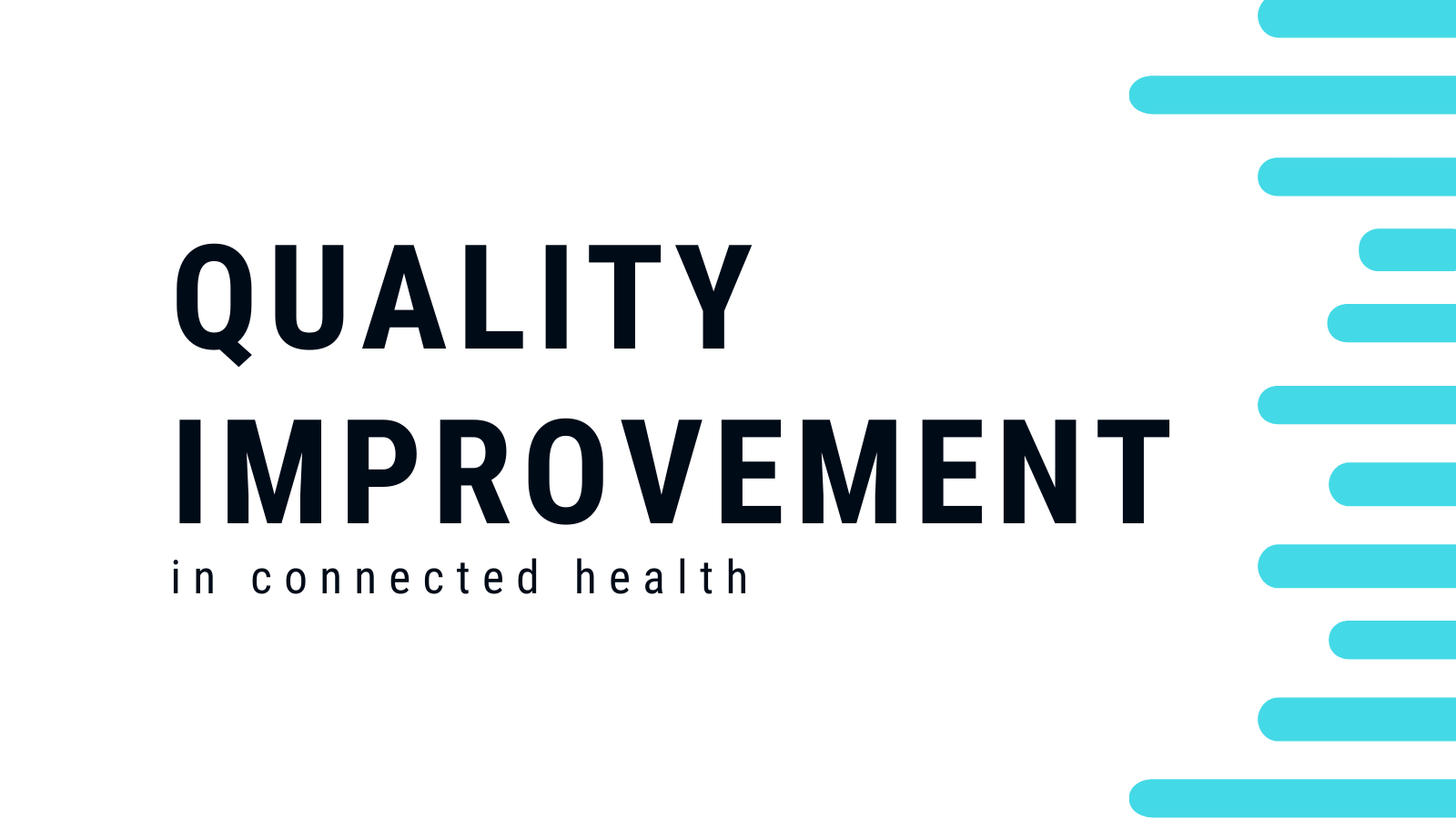Blog
Our latest news and thoughts
- All Posts
-
- Healthcare
- Remote Patient Monitoring
- Connected Care
- Patient Satisfaction
- Digital Innovation
- Standard of Care
- CMS
- Connected Health Devices
- Medicare
- Reducing Expenses
- Connected Health
- Patient Provider Relationship
- Bundled Payments
- Bundled Payments for Care Improvement
- Clinical Empathy
- Coronavirus
- Entrepreneurship
- Optimize Costs
- Physician Burnout
- Revenue
Transforming Healthcare with Connected Health Devices
Topics: Remote Patient Monitoring, Healthcare, Connected Care, Digital Innovation, Connected Health Devices
November 06, 2019
by Dozie Ezerioha, MD
Healthcare in America is undergoing a massive transformation and for good reason. For decades, massive gaps in health data, inefficient transfer of medical records, and inconsistencies in clinical practice have resulted in the delivery of substandard care. Additionally, episodic care models lack holistic representation and evaluation of patient conditions, widening the chasm between medical intention and action.

Digital innovation is rapidly bridging this gap through enhanced care delivery, data generation, and patient empowerment. Healthcare Interoperability, or the ability to seamlessly receive and send patient data in real-time across various healthcare organizations and through disparate software systems, is key for the accessible proliferation of value-based care in the United States.
So, how do we get there?
Connected Health Devices
The emergence and popularity of wearable wellness devices in America detailed for the first time the general public’s desire to increase involvement in their own health. Fitbits and Apple Watches are worn on the wrists of millions and provide each owner with personal wellness data, such as daily steps and caloric intake. Medical thought-leaders and innovators quickly realized the potential that this near-ubiquitous tech-adoption could have for the healthcare industry, and began rapidly developing wearable and/or portable devices with true, medical clout.
Here’s a list of some of the most popular devices:
- Blood Glucose Meters
- Blood Pressure Monitors
- ECG Monitors
- Pulse Oximeters
- Diagnostic Biosensors
Through consistent use by the patient, these devices are able to wirelessly generate and transmit datasets for clinical use. Synchronous data sharing allows healthcare providers to better understand and identify patterns in patient health, enabling them to provide continuous, real-time healthcare regardless of patient location. This ease of data sharing allows clinicians to operate at their maximum potential and coordinate care with all physicians involved in a patient’s health.
Some newer technologies, such as PatientOne, provide your clinic with comprehensive, intuitive software that seamlessly integrates with connected health devices. Our platform provides exception-based actionable insights directly to your clinic’s dashboard. This allows providers to easily review big data which has been automatically sorted and analyzed in the software’s back-end. Our clinical dashboard generates alerts from the evaluated patient data if a value falls outside of a specified safe range and/or if extreme changes in values occur overtime. Comprehensive, consistent data allows providers to recognize potentially dangerous health trends, engage in proactive risk management, and make the most informed decisions for their patients.
Support for healthcare interoperability is booming. Tech innovators constantly partner with well-known healthcare organizations to create and test connected health devices. Though this digital iteration of healthcare is in its infancy, many government organizations are committed to its growth and proliferation. Perhaps most notably, the FDA released their Digital Health Innovation Action Plan in 2017. The agency stated that “it can help encourage digital health innovation by making its policies and processes more efficient and modernizing its regulatory tools”. This plan details new regulatory framework for digital health software and provides guidance for product developers navigating the medical device industry. In September of 2019, the FDA further pursued their commitment and released guidance on how and when software itself may be considered a medical device.
Connected health devices, when used with the right software, can give your staff nearly omniscient insight into patient health trends. Synchronous data sharing allows physicians to better understand and identify patterns in their patients’ health, enabling continuous, real-time care. Additionally, efficient transmission of data enables providers to easily coordinate care amongst each other. According to The Journal of mHealth, “33% of patients experience gaps in health information exchange” and “89% of providers admit electronic data exchange can improve healthcare delivery”. More eyes on more complete data will undeniably translate to safer patient care and an overall better patient experience.
The switch from episodic care to continuous care models is largely enabled through the use of connected health devices and appropriate digital health software. Advocacy from government agencies is propelling this innovation in ways that we have never seen before. In order to remain relevant and provide the highest quality care to the most people, practitioners should strongly consider adopting and implementing a care delivery model which utilizes connected health devices.
Dr. Doz%20(1).png?width=167&name=Carrie%20Nixon%20round%20(2)%20(1).png) ie Ezerioha is the Chief Medical Informatics Officer at PatientOne. For almost a decade, he’s tackled healthcare’s most pressing real-world challenges by finding ways to fix the system to deliver better outcomes. Dozie’s background in life sciences, engineering and medicine, and his passion for optimizing the patient healthcare experience, drives his patient-centric approach to building innovative health technology.
ie Ezerioha is the Chief Medical Informatics Officer at PatientOne. For almost a decade, he’s tackled healthcare’s most pressing real-world challenges by finding ways to fix the system to deliver better outcomes. Dozie’s background in life sciences, engineering and medicine, and his passion for optimizing the patient healthcare experience, drives his patient-centric approach to building innovative health technology.




